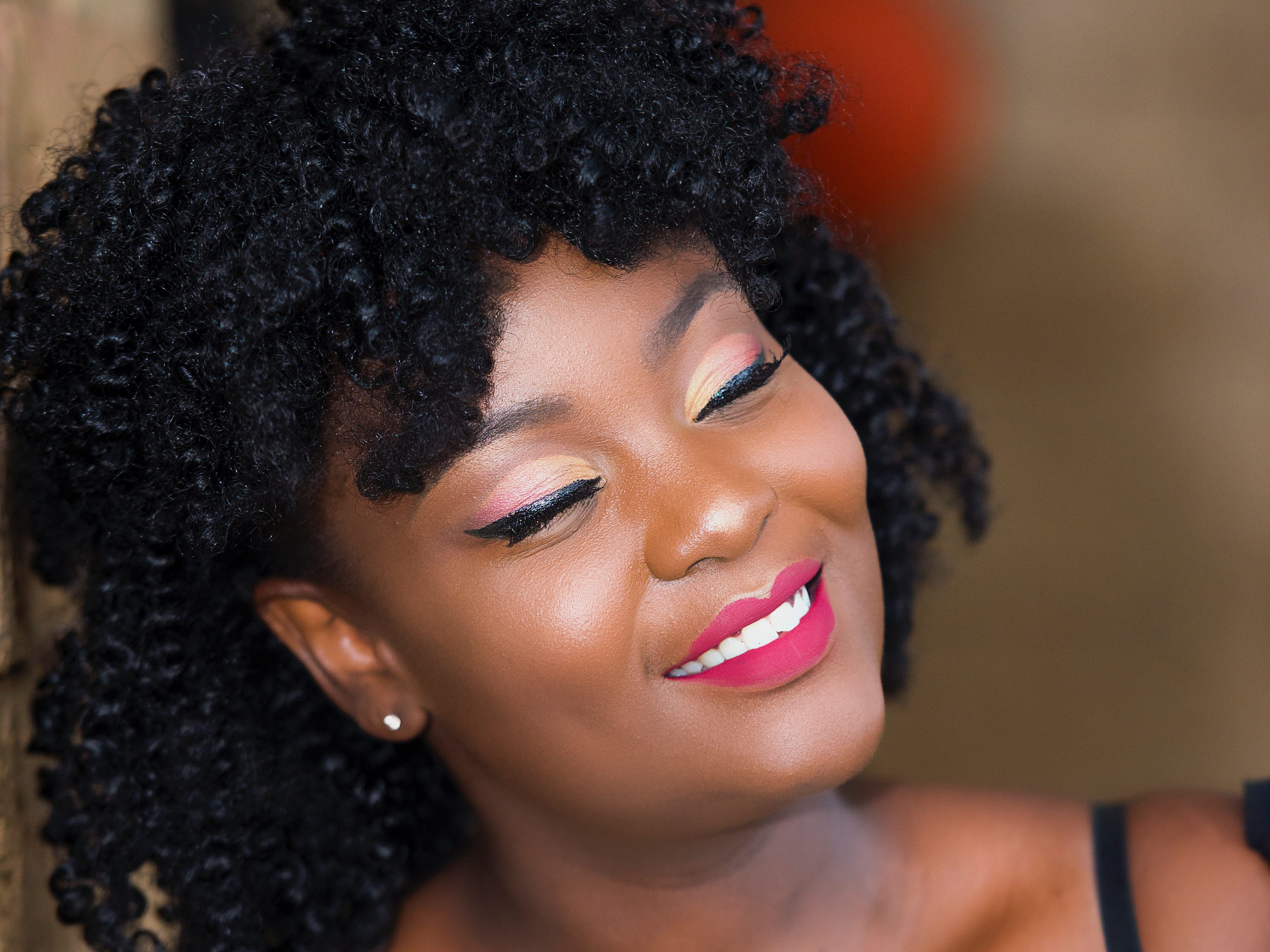Let’s face it, we all have the best of intentions when it comes to lifestyle and work habits. Unfortunately, there’s often a chasmic gap between intention and implementation and so the ‘10k-in-the-morning, best-output-in-the-office’ version of ourselves often isn’t realised.
When trying to form a habit, whatever you do, avoid beating yourself up when it doesn’t happen at all costs.
So I thought I’d share my three favourite tips for creating habits that last:
*Just remember that we all go through phases of being more or less motivated and having more or less time and/or energy, so it’s not always going to go perfectly even if you utilise all these tools perfectly (and that’s ok!).
Go for the carrot, not the stick
This is such an important mindset shift to make. When trying to form a habit, whatever you do, avoid beating yourself up when it doesn’t happen at all costs. If it doesn’t happen, it’s just neutral. Otherwise, we’re at risk of very quickly creating a negative association with the action (feelings of shame, guilt and inadequacy).
On the flip side, we do want to celebrate our completion of the habit big time. Give yourself a massive internal high five, brag to your partner how well you did, take 5 minutes for a delicious drink or use your extra special bath salts for a treat (whatever will make you feel great). As you’ve guessed, this ensures we create a positive association with the action.
Try habit stacking
This is a technique I learned from James Clear’s Atomic Habits(worth a read!) and I love its efficacy and simplicity. The idea is that in order to create a new habit, make a firmly established habit the cue for the new habit. For example, in lockdown you might be struggling to get enough movement. We all have a (necessary) habit to stand up from our desk to go and get a drink or go to the bathroom. Every time you come back from the trip, before you sit down, you could do 10x jumping jacks as your new habit. Given the cue is something that will happen all the time, you should be able to establish this regular exercise quite well!
Whatever habit you’re trying to create, make a mental (or physical) list of your existing habits and identify the best ones to stack your new habit on top of.

Visualisation
I promise this isn’t all that ‘woo’. Visualisation is a very effective tool used by many athletes (to name but one use) to optimise their performance.
If you’re struggling with a habit (exercise being a very common habit to struggle with), take a couple of minutes daily to sit and visualise the process of doing that habit. While you visualise, create as enjoyable a vision of the activity as possible and invite a big smile onto your face.
This is another great tool for creating a positive association with the habit you want to create.
Give these tools a go and let us know how you get on! For more invaluable wellbeing and productivity tools for your team, check out the remote trainings we run at Well & Truly.


